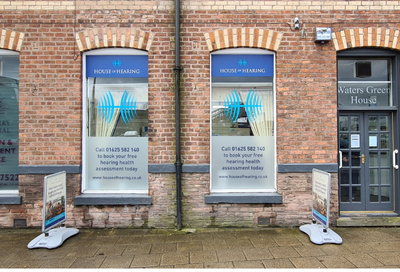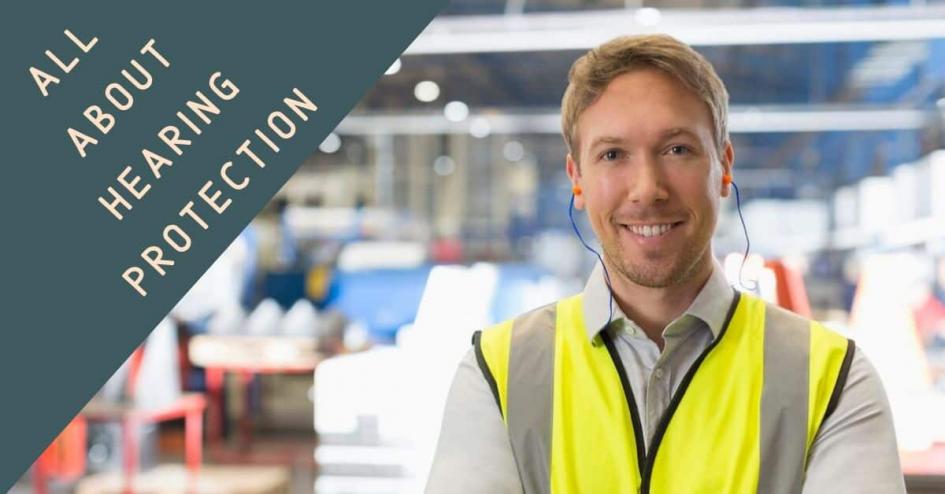
All about hearing protection
In the UK, we have about 11 million individuals with hearing loss. Ageing is the most prevalent cause of this hearing loss, and we can do little about it. But we can however safeguard ourselves against noise-induced hearing loss (NIHL). This is the second largest cause of hearing loss. The World Health Organisation estimates that 1.1 billion young people (12 to 35 years of age) risk hearing loss owing to preventable causes such as noise exposure in leisure settings.
Hearing protection can help
Although we can't escape noise, we can do something about it by using the correct hearing protection. Adequate hearing protection is crucial in certain noisy situations. They are best used in locations where you are exposed to high noise levels for an extended amount of time. This can include events such as concerts and sports games, or when you work in a location that has a sound level of 85db or higher on a regular basis. There are a number of smartphone applications that tell you how loud your immediate environment is. This helps you decide whether it is time to protect your ears. You should start protecting yourself when the dB level exceeds 90.
Types of hearing protection
There are differences in each type of hearing protection. Although the general aim is to reduce volume, in order to provide effective hearing protection, various types of sounds or frequencies must also be configured to provide sufficient protection while still making sure you can hear what you need to. Here are some the most common types of hearing protection out there. 1. Disposable earplugs Typically, disposable earplugs consist of foam and are a reliable choice for one-time use. They can fit various kinds of ears and are comfortable. But they can be hard to insert into the ear and do not give the best protection in very loud settings. 2. Reusable earplugs These are made of silicone and are made to fit inside the ear canal. They can be cleaned and reused multiple times, although less so than custom hearing protection. Reusable earplugs are as effective as foam earplugs. They can be inserted more easily and are more durable. But they tend to be a little more expensive and will still need to be replaced eventually. They don't suit all ears correctly, too, so you may need to shop around to find a pair which suits your needs. 3. Earmuffs Earmuffs go over the ears entirely, which can be more suitable for you if you don’t like having something inside your ear canal. They are generally used in industrial settings. Earmuffs are comfortable and can fit any type of ear. However, they usually are less effective for very noisy environments because they don’t completely plug your ear canal like other types of hearing protection do. They also might be unsuitable in hot or humid climates. 4. Custom hearing protection Custom hearing protection options are precisely moulded to suit your ears and are designed to ensure efficient protection in specific situations, such as swimming, hunting or working. They will last several years and is the most recommended type of hearing protection by healthcare professionals. Since they are produced using your own unique ear canal as a guide, this creates the perfect individualised seal screen to protect against noise. When well cared for, custom ear protection can be used for a long time and preserves your hearing from long-term noise exposure.
Varying levels of protection
Any hearing protection is better than nothing but a device's level of protection may vary. The precise amount is generally displayed in the Noise Reduction Rating (NRR). This shows the sound levels which are blocked when the protection is used properly. The highest NRR rating for earplugs around is usually 33 and the largest NRR for earplugs available is 31. The NRR protection level of 36 can be achieved by combining earplugs with earmuffs. NRR ratings are the most important comparison tool for shoppers of hearing protection.
House of Hearing
We have a range of custom-fitted hearing devices for whatever pursuit or work environment you find yourself in. We offer in-ear monitors for those who perform and record music. We also supply professional earpieces designed for use with helmets for motorsports professionals and enthusiasts. Broadcasters can use our discreet communication earpieces for use both in the studio and on-site. We also provide earplugs for swimmers and sleeping earplugs for night-time workers, travellers and light sleepers. Contact us today to learn more about our options!
Our Clinics
All House of Hearing clinics are in town centre locations and accessible to public transport and parking. Home visits also available if mobility is an issue.

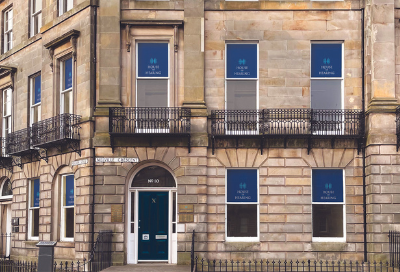
.png)
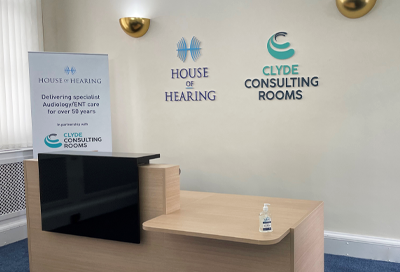
.png)
.png)
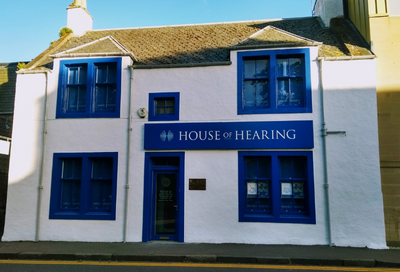
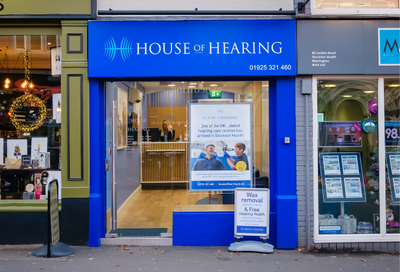
.png)
